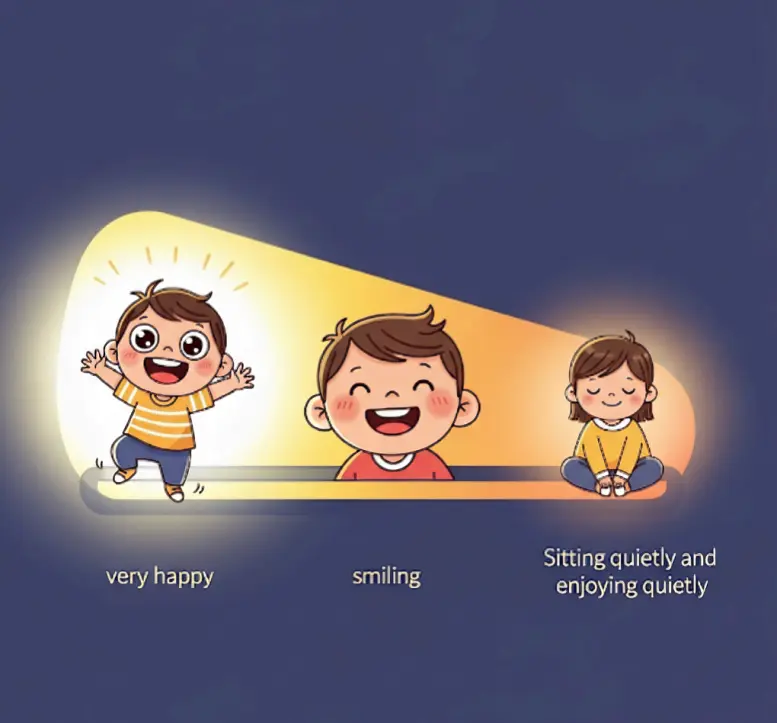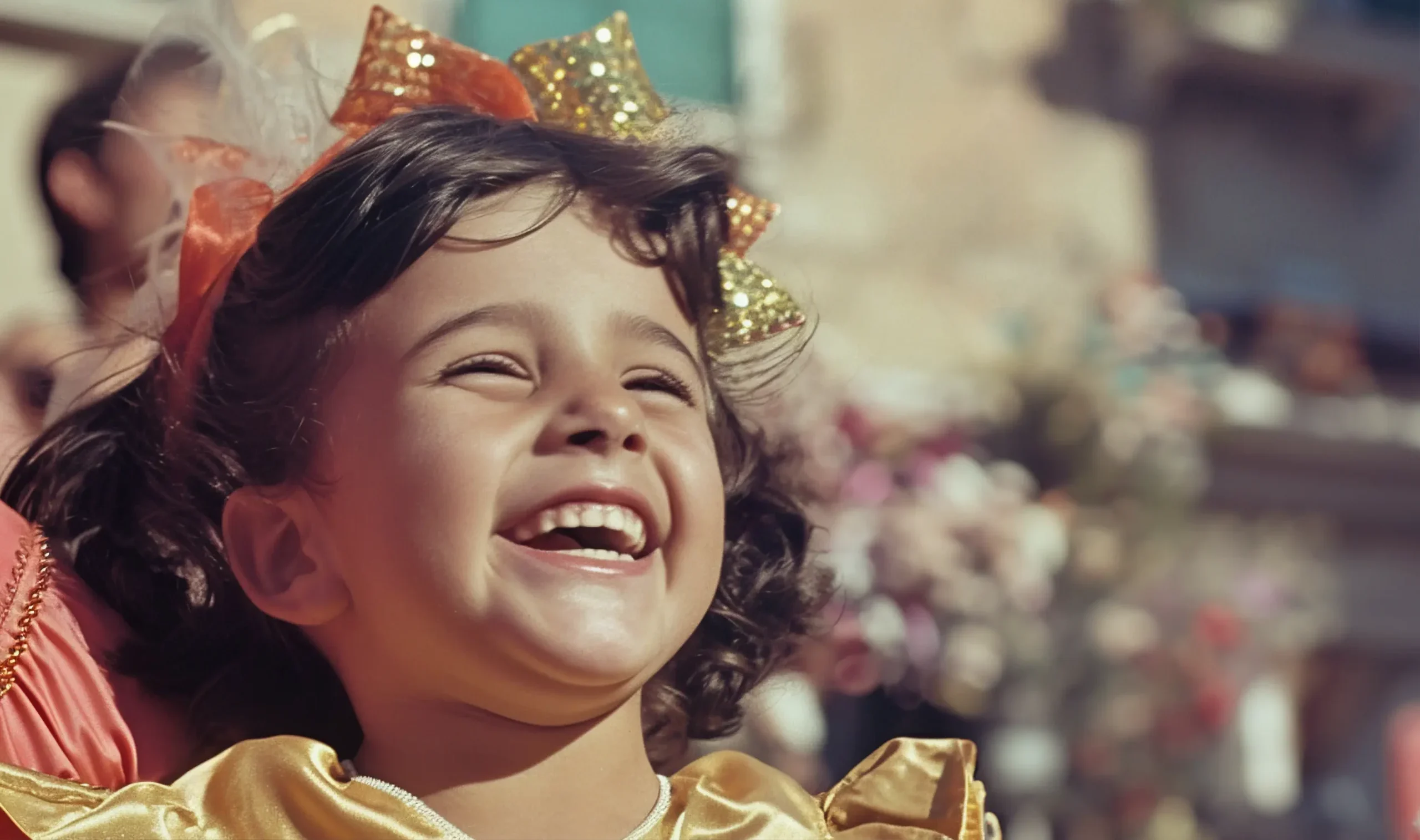We are taught from a very young age how to express ourselves, how to be in a box; smile when it’s a happy occasion, laugh when someone makes a joke, and cry when life is hard. As we grow older, we realise life isn’t that black and white. Emotions don’t follow fixed rules. They’re messy, unpredictable, and deeply personal.
Think of emotions like waves in the ocean, some big, some small, some crashing loudly, others gently lapping. Every child experiences these emotional waves in their own unique rhythm. One child’s joy might erupt in squeals and bouncing energy, while for others it may be a soft smile or a quiet sparkle in the eyes. The intensity of the feeling can be the same, even if the expression looks different. This is true not only for joy but for all emotions: sadness, anger, fear, excitement, and pride. Just because a child doesn’t appear outwardly upset doesn’t mean they aren’t feeling deeply.

According to research, children have different levels of creative expression that they use to interpret happiness. This image of happiness is based on emotional support like positive affirmations, a safe environment, and positive expression of joy like hugs or smiles from parents (Natalia V. Vinichuk, 2016).
In another research (Singh 2021), MRI scans from 85 individuals, showed that the same clip can evoke different emotions from people; even though the brain activity was the same.
Basically, peoples’ brains respond in different ways during emotional experiences, even if they’re feeling the same type of emotion. This challenges the old idea that emotions always follow the same brain pattern and shows how important it is to understand that everyone experiences emotions differently. Similar activities can be exciting for someone and for others they may be really boring.
Often, we expect children to express emotions in ways we understand. But emotional expression is not one-size-fits-all. This understanding becomes even more important when we consider both neurotypical and neurodivergent children. A neurotypical child might express happiness with a hug or sadness through tears. A neurodivergent child might stay quiet when upset, flap their hands in excitement, or laugh when feeling anxious. These expressions aren’t incorrect, they’re simply communicating in their OWN way.
As parents and caregivers, it’s important to watch closely, listen with care, and learn what each child’s emotions look like. When we do this, we help our children feel safe and understood. We show them that all feelings are okay and that however they express those feelings, they will still be accepted and loved.
What can you do?
Step 1: Observe your child for 10 minutes in a calm environment. Bonus: If your child is doing something they really enjoy.
Step 2: Identify emotions (what face does your child make when they are enjoying something vs when they’re not)
Step 3: Take note of the behaviour that you observe

Step 4: Talk to your partner/ family. Have they observed these emotions in the child too?
Step 5: Reflect and Engage with your child the way they like!
A Gentle Note to Parents
If you’re reading this and thinking, “I never thought of it that way,” or “Maybe my child is feeling more than I realise,” you’re not alone.
So many parents are doing their best, just trying to understand the emotional world of their children, especially when the expressions don’t always make sense. Maybe your child laughs when they’re nervous, shuts down when they’re overwhelmed, or just seems “fine” even when something feels off.
As a team that works closely with families through behavioural therapy and positive behaviour support, we’ve learned that behind every behaviour is a child trying to communicate.
If you’re curious, concerned, or just wanting to connect more deeply with your child, KidAble offers:
- Workshops for parents who want practical, gentle tools to connect with their child
- Workshops for children to explore their emotional expression through play
- One-on-one coaching to help you understand and support your child’s unique emotional world
Let’s help your child feel safe, seen, and supported exactly as they are.
Reach out to us: reachout@kidable.in or +91-9266688705

